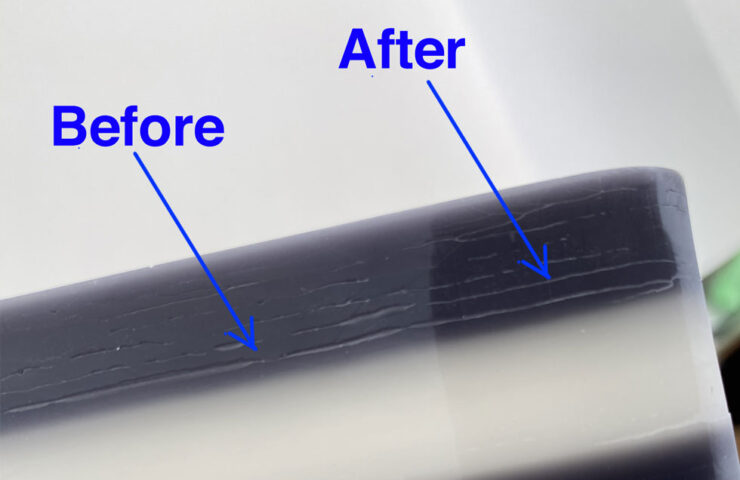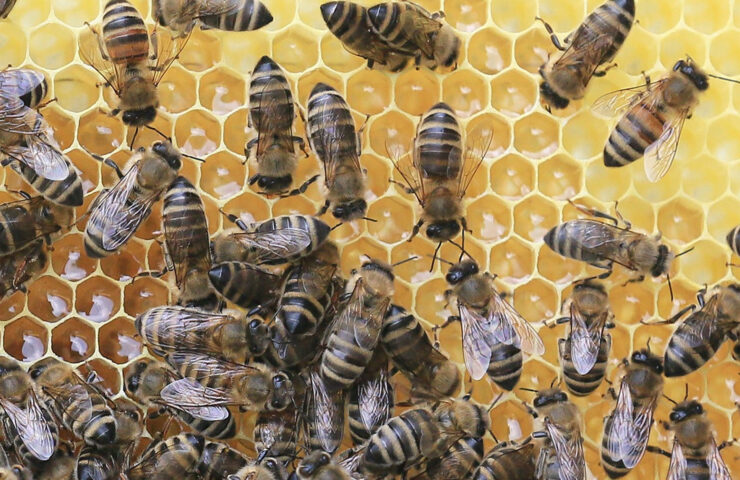 The most common type of beeswax color is yellow. This is the pure and natural tone of a honeycomb. It can be creamy golden, orangey and dark brownish tint. This has something to do with the flowers where the bees are harvesting or foraging the materials they needed for their hive. So from the flowers comes the environment if it’s clean or polluted. In short, the cleanliness of the surrounding environment has an important role that affects the color of the honeycomb. What is the difference between white and yellow beeswax?
The most common type of beeswax color is yellow. This is the pure and natural tone of a honeycomb. It can be creamy golden, orangey and dark brownish tint. This has something to do with the flowers where the bees are harvesting or foraging the materials they needed for their hive. So from the flowers comes the environment if it’s clean or polluted. In short, the cleanliness of the surrounding environment has an important role that affects the color of the honeycomb. What is the difference between white and yellow beeswax?
Something else that effects the difference between the white and yellow beeswax is their filtration process. The honeycomb accumulates impurities in which the beekeepers need to filter out. One of the most common processing method involved is by the use of heat where the beeswax is melted. Exposing the wax to a high temperature is often a result of a dark-colored wax. It varies in color from light to dark yellow. This version of beeswax is ideal for candle-making and other products where you’d like the natural color.
Pure, unbleached, white beeswax undergoes pressure-filtration which gives that white like ivory color. When pressure-filtered beeswax is typically ivory in color. It features a sweet scent, and is ideal for those products where you desire a light tone. If you want to add colorants to your product, then white beeswax is highly recommended.







1 Comment “What is the difference between white and yellow beeswax”